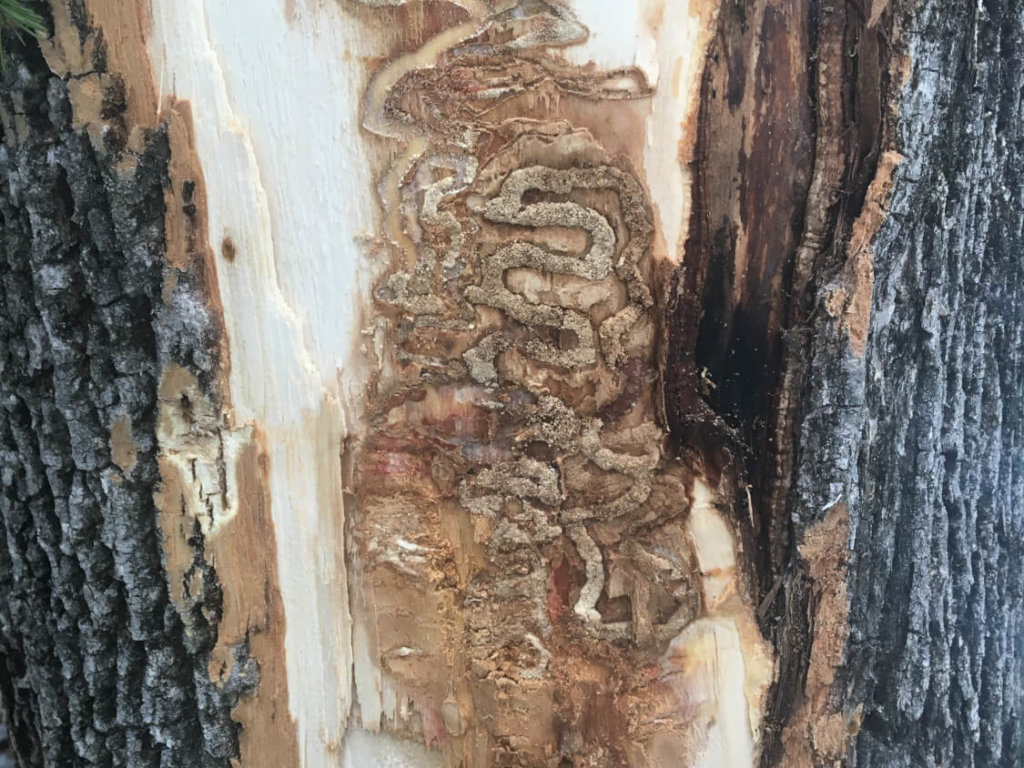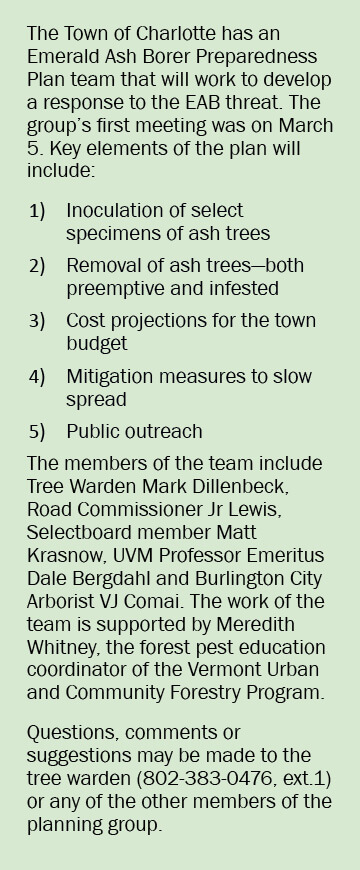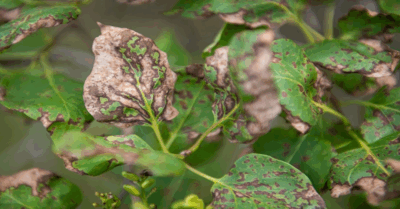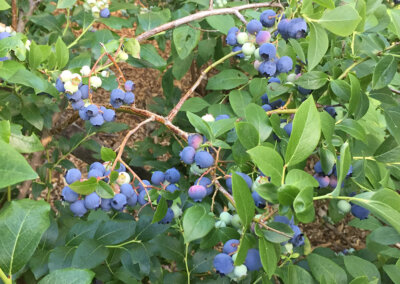Emerald Ash Borer found in Vermont

The Vermont Department of Forests, Parks & Recreation (VTFPR) and the Vermont Agency of Agriculture, Foods & Markets (VAAFM) report that an emerald ash borer (EAB), a destructive forest insect from Asia, has been detected in Vermont. Officials with the USDA Animal & Plant Health and Inspection Service (APHIS) have confirmed the identification of a beetle recently found in northern Orange County, Vermont. The insect was reported through the Vermont Invasives website.
EAB overwinter as larvae under the bark of ash trees where they feed on the inner bark tissue. Once infested, ash trees rapidly decline and are killed in three to five years. This pest is known to be established in 32 states and three Canadian provinces and is responsible for widespread decline and mortality of hundreds of millions of ash trees in North America.
Ash trees comprise approximately five percent of Vermont forests and are also a very common and important urban tree. EAB threatens white ash, green ash and black ash in Vermont and could have significant ecological and economic impacts. There are no proven means to control EAB in forested areas, though individual trees can sometimes be effectively treated.
 State and federal forest-health officials have convened and are preparing to implement an emergency action plan in response to the recent EAB detection in Vermont. A multi-agency delineation survey effort, including personnel from VAAFM, VTFPR, APHIS, the U.S. Forest Service and the University of Vermont Extension, will be launched in the upcoming days to determine the extent of the EAB infestation. Results of the survey will inform subsequent management recommendations and quarantine decisions and will be released to the public.
State and federal forest-health officials have convened and are preparing to implement an emergency action plan in response to the recent EAB detection in Vermont. A multi-agency delineation survey effort, including personnel from VAAFM, VTFPR, APHIS, the U.S. Forest Service and the University of Vermont Extension, will be launched in the upcoming days to determine the extent of the EAB infestation. Results of the survey will inform subsequent management recommendations and quarantine decisions and will be released to the public.
Slowing the spread of EAB is very important. While adult EAB are capable of flying short distances, humans have accelerated their spread by moving infested material, particularly firewood, long distances. Residents and visitors are reminded to protect Vermont’s forests by buying and burning local firewood.
Landowners with questions are encouraged to contact their county forester. You can find county foresters on this website.
A public information meeting is being planned, and details will be announced shortly.
Related Stories
Popular Stories
If you enjoy The Charlotte News, please consider making a donation. Your gift will help us produce more stories like this. The majority of our budget comes from charitable contributions. Your gift helps sustain The Charlotte News, keeping it a free service for everyone in town. Thank you.
Andrew Zehner, Board Chair








